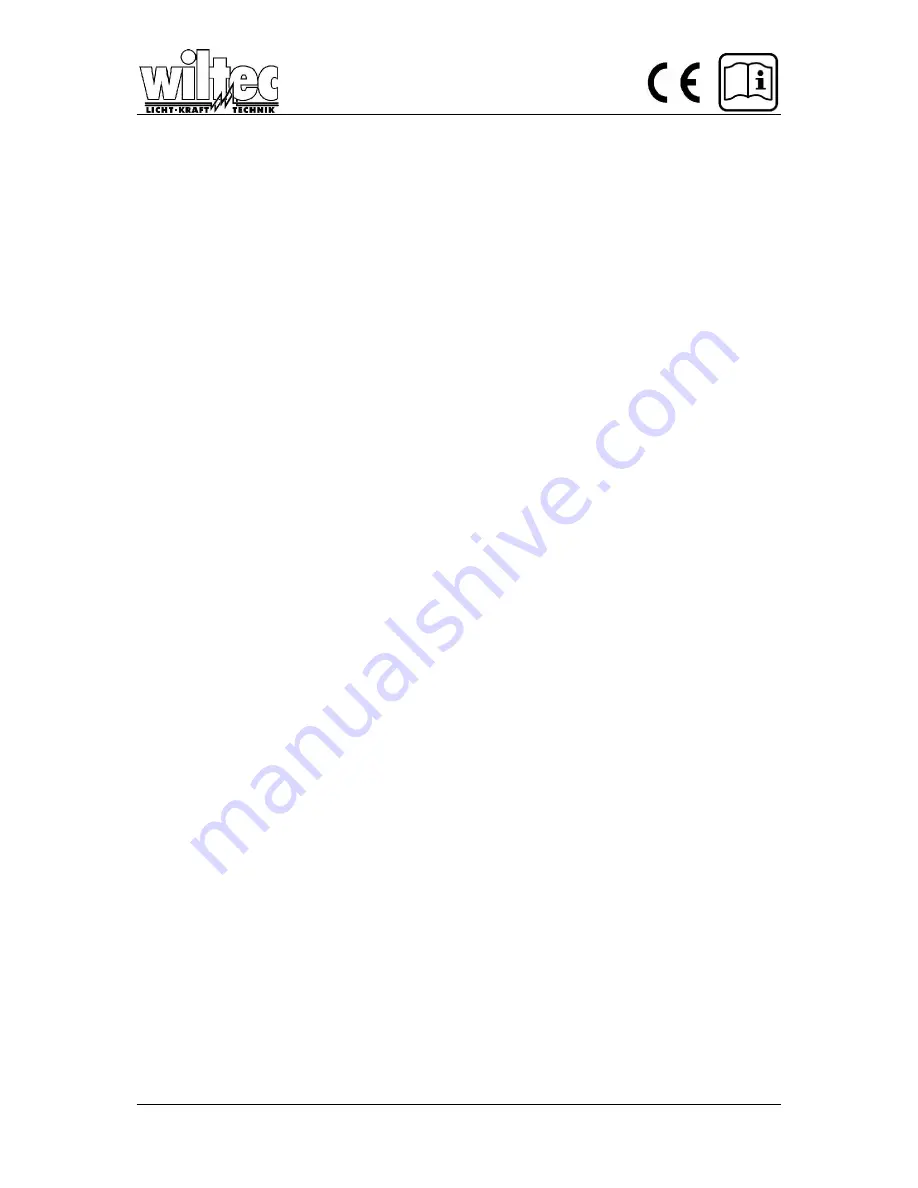
© by WilTec Wildanger Technik GmbH
Seite 12
http://www.wiltec.info
By the time you have gotten your eggs your incubator should have been running at least 24
hours. A week is even better. This gives you time to learn what's going to happen in your in-
cubator and allows you to make any necessary adjustments before setting your eggs. A sure-
fire way to ruin hatching eggs is to put them in the incubator without having it properly ad-
justed.
Take note of the term "internal" temperature. Don't confuse internal egg temperature with
internal incubator temperature. The temperature in an incubator changes constantly, rising and
lowering. The temperature inside the egg will be an average of this temperature swing in your
incubator.
3. What must the temperature and humidity be inside my incubator?
This is plain and simple, yet the MOST important part of hatching.
Fan Forced incubator: 37.5 degrees C measured anywhere in the incubator.
Humidity: 55% for the first 18 days, 60-65% for the last 3 days in the hatcher.
4. Is my thermometer accurate?
Thermometers go bad. Keeping the temperature accurate can be a struggle, even with very
good thermometers. A nice part about running a big incubator over an extended period is that
you can tweak the temperature regardless of what thermometers tell you.
After the first hatch, you can raise or lower the temperature by what the hatch tells you. If
they hatched early the temperature needs to be lowered. If they hatch late the temperature
needs to be raised.
You can check your Thermometer this way. Keep notes on everything you do during the in-
cubation period. As you learn you'll have these notes to look back on. They will be the most
valuable tool that you can have. It won't be long until you can say "I know what happened, all
I need to do is change this one little thing". Soon you will be able to make adjustments by
knowing what to do, instead of guessing!!!
5. How do I check humidity?
Humidity is checked by way of a hygrometer (wet-bulb thermometer) in conjunction with a
regular "dry-bulb" thermometer. A hygrometer is simply a thermometer with a piece of wick
attached to the bulb. The wick hangs in water to keep the bulb wet (hence the name "wet-bulb
thermometer"). When you read the temperature on the thermometer and hygrometer, you must
then compare the readings to a chart to translate from wet-bulb/dry-bulb reading to "percent-
age humidity".
From the relative humidity table, you can see.....
60% humidity reads about 30.5 degrees C on a wet-bulb at 37.5degrees C.
60% humidity reads about 31.6degrees C on a wet-bulb at 38.6degrees C.
80% humidity reads about 33.8degrees C on a wet-bulb at 37.5degrees C.
80% humidity reads about 35degrees C on a wet-bulb at 38.6degrees C.
Getting your humidity to become as accurate as your temperature is nearly impossible. It is
almost completely impossible with a small incubator. Try to get your humidity as close as you
can, and you'll be fine. Just being aware that humidity is important, and trying to get the num-
bers to come in close will be a huge help to your hatch.
If you can hold within 10-15% things should turn out fine.
Temperature on the other hand, is CRITICAL!!!!! We hate to beat this point to death, but a
small deviation in temperature (even a couple degrees) can and will ruin a hatch. Or, at least
turn a potentially great hatch into a lousy one.
6. An important point about incubator humidity


































